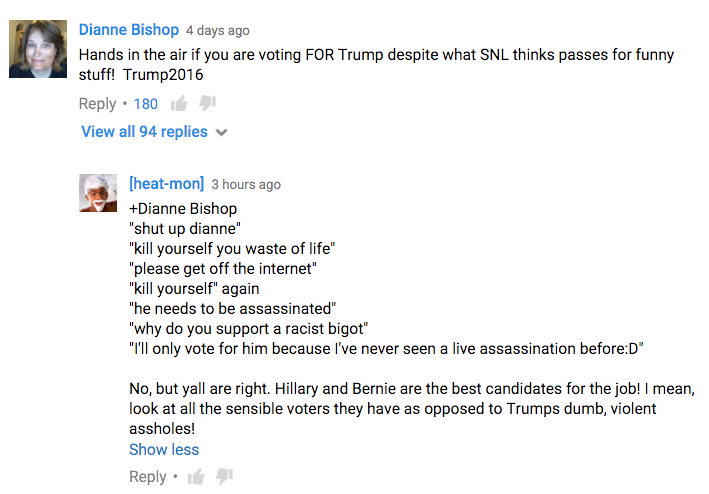First person shooter (FPS) video games have been around for quite a few years. Even if you haven’t played them, you’ve probably heard about Wolfenstein 3D, Doom, Quake, Call of Duty, and Halo. While the idea of putting a virtual gun in the hands of young, impressionable gamers creates angst for parents and other adults, the fact that little Johnny is killing Nazis, monsters or aliens softens some of the objections.
FPS games played in more natural settings, e.g. inner cities, elevated concerns once again and games like GTA: San Andreas led to protests and calls for greater restrictions on content and labeling.
But it took a Colorado resident who created a video game based on the Columbine High School shooting to really fire things up. Danny Ladonne made Super Columbine Massacre RPG in 2005 and a documentary about his experience a few years later.
In 2011 another video game based on Columbine was released as a modification for Half-Life 2 and received equally harsh criticism. School Shooter: North American Tour 2012 was cited in the Supreme Court ruling Brown v. Entertainment Merchants Association. The 7-2 opinion established protection for video games under the First Amendment.
Most recently, a new release slated for June 6 is renewing the controversy around FPS video games in school settings. Active Shooter is designed to give players the option of the role of S.W.A.T. team or shooter. According to a news report,
Steam said in a statement on its site that the game does not promote any sort of violence, especially any sort of a mass shooting, referring back to the phrase dynamic SWAT simulator.
However, in light of recent and strong criticism the game maker is considering removing the option to take the role as shooter.
If you believe that FPS games set in high schools is a bad idea, sign the petition at Change.org

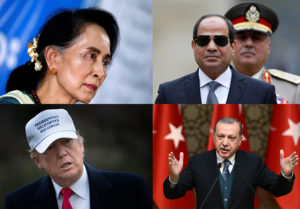

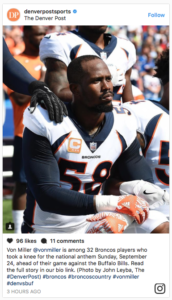
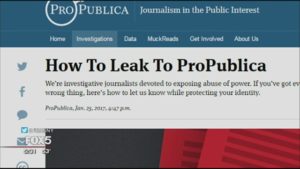
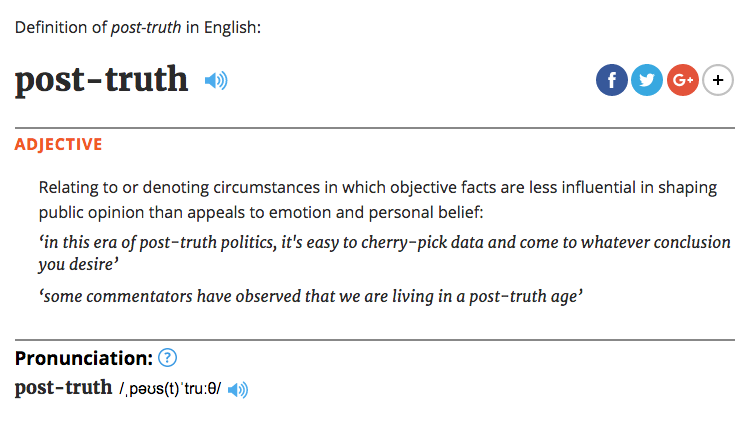
 There’s been a lot of discussion lately about the potential danger of fake news. Apparently we’re a lot more gullible and susceptible to misinformation than anyone imagined, and IT IS KILLING DEMOCRACY! Okay, that conclusion may be overstating it a bit, but the number of media and political analysts who are wringing their hands over the outcome of the recent election seems to be growing. And seeking an explanation (or scapegoat), some are pointing the finger at fake news.
There’s been a lot of discussion lately about the potential danger of fake news. Apparently we’re a lot more gullible and susceptible to misinformation than anyone imagined, and IT IS KILLING DEMOCRACY! Okay, that conclusion may be overstating it a bit, but the number of media and political analysts who are wringing their hands over the outcome of the recent election seems to be growing. And seeking an explanation (or scapegoat), some are pointing the finger at fake news.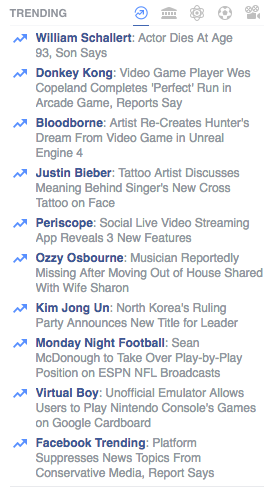 Well, for starters there’s less conservative news from conservative sources than one might expect. A recent
Well, for starters there’s less conservative news from conservative sources than one might expect. A recent 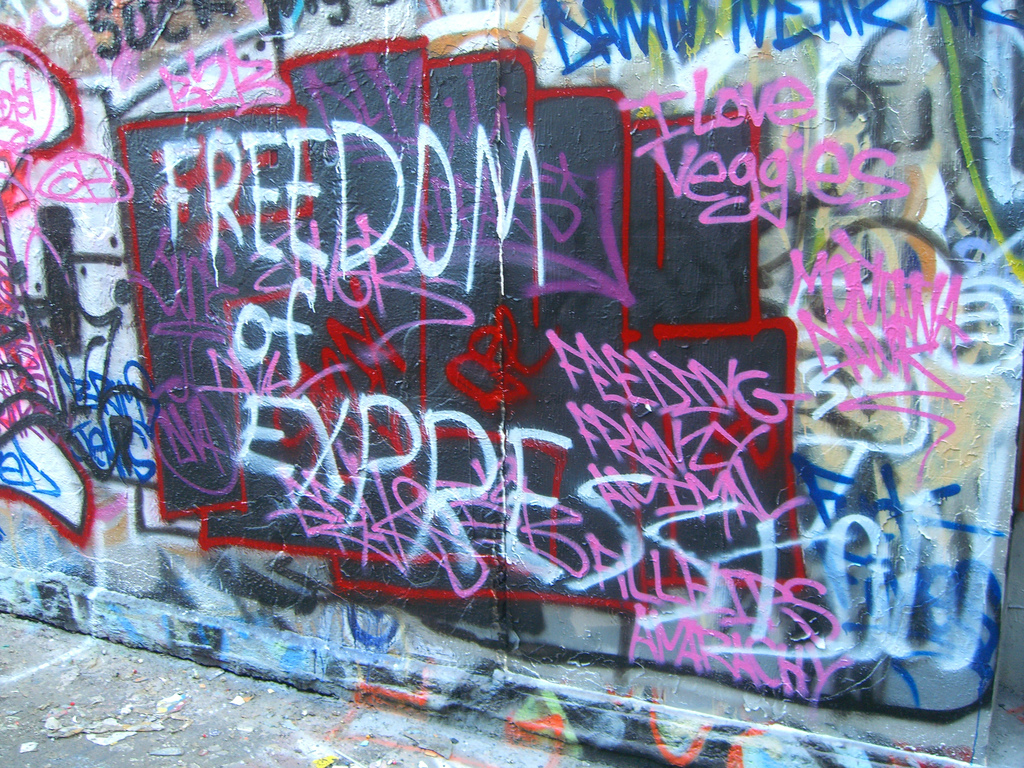 ESPN’s decision to fire baseball commentator Curt Schilling is not an infringement of Schilling’s rights under the First Amendment. Companies have parted ways with high profile employees for all sorts of public statements or deeds that were at odds with the company’s image. A few that come to mind are:
ESPN’s decision to fire baseball commentator Curt Schilling is not an infringement of Schilling’s rights under the First Amendment. Companies have parted ways with high profile employees for all sorts of public statements or deeds that were at odds with the company’s image. A few that come to mind are: 